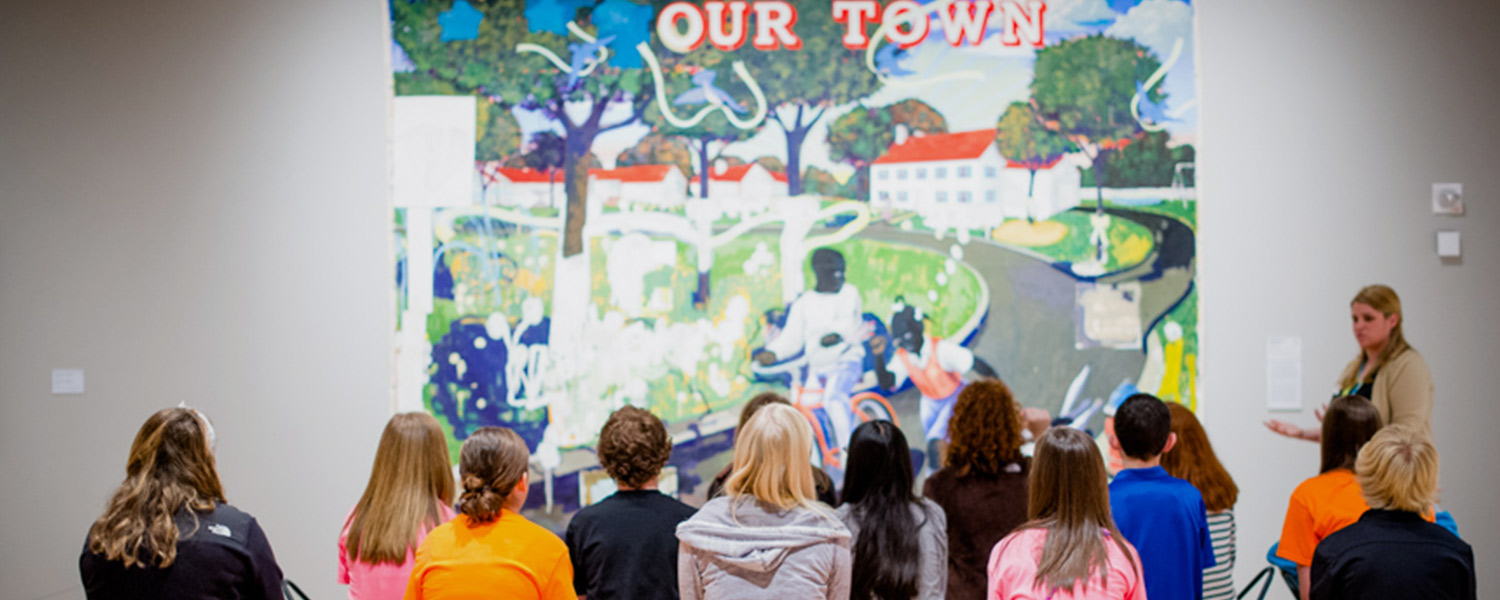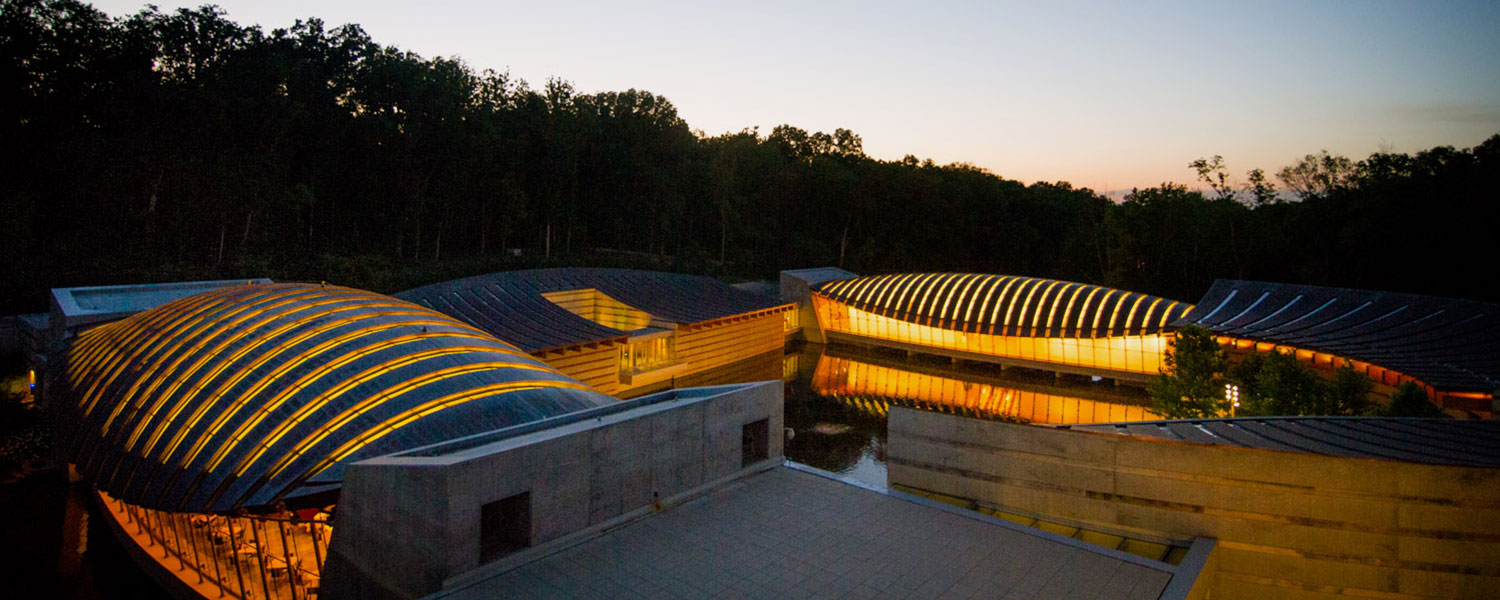
In partnership with the Crystal Bridges Museum of American Art, EDC is trying to make art more accessible to more students. Photo/Crystal Bridges
As the director of education and research in learning for Crystal Bridges Museum of American Art in Arkansas, Anne Kraybill gets to appreciate seminal works of American art every day. She’s determined to make sure that more students around the country—regardless of location or economic status—have the same opportunity.
“Museums have usually been seen as a peripheral experience to traditional K–12 classrooms,” says Kraybill. “But with online learning, we have a big opportunity now to shape what courses there are, who is teaching them, and what materials students have access to. We have to step it up.”
Working with EDC’s EdTech Leaders Online (ETLO) team, Kraybill and Crystal Bridges have developed high-quality, immersive online courses to extend the museum’s resources to students across Arkansas and the rest of the country. The partnership is both improving arts education in the state and reshaping the traditional relationship between schools and art museums.
At the center of this collaboration are two for-credit online art courses that are currently delivered by Virtual Arkansas, the state’s virtual school, which reaches tens of thousands of students in close to 200 districts. The courses draw heavily on the Crystal Bridges collections to engage students in what it means to make, understand, and discuss works of art:
“They are making a difference for teachers who want to bring art into their classrooms,” says Kirsten Peterson, director of ETLO. “In the end, the best online learning still comes down to a teacher connecting with students around a piece of content.”

EDC's Kirsten Peterson
Nestled in the Ozark Mountains in Northwest Arkansas, Crystal Bridges offers sponsored admission to the public, as well as full travel reimbursements to visiting school groups, thanks to significant financial support from the Walmart Foundation. (Bentonville, the town where the museum is located, is also the world headquarters of Wal-Mart Stores, Inc.)
“A lot of museums are trying to break down the perception that they are an ivory tower exclusively built for the elite,” says Kraybill. "We were never built that way."
The two new online courses further Crystal Bridges’ mission by delivering the museum’s collections to students in urban and rural classrooms, for whom a physical trip to the museum is either impractical or logistically impossible.
“Crystal Bridges is all about exposing students to high-quality art,” says Peterson. “And they are also thinking creatively about how high-quality online learning experiences can expand that mission. They really want to be a leading voice in saying, ‘Here’s what museums can do.’”
“In the end, the best online learning still comes down to a teacher connecting with students around a piece of content.”
–Kirsten Peterson
Kraybill stresses that the courses are not an attempt to replicate a physical visit to the museum. Rather, they are a reinterpretation of the works of art, knowledge, and core artistic ideas presented throughout the museum. She praises ETLO’s ability to develop engaging, informative, visually appealing courses—as well as to build a cadre of teachers who are able to lead them.
“ETLO’s approach to online professional development really appealed to us,” said Kraybill. “When you build an online course, you also need to build the talent to run it. They have helped us develop a plan to do precisely that.”

Crystal Bridges Museum of American Art
While the courses are currently only available to students enrolled in Virtual Arkansas, Kraybill has plans to make them available to teachers across the United States in the near future. She also hopes that they inspire other art museums to bring their own collections, expertise, and resources to new audiences.
Peterson sees this work as a model for a whole new type of partnership between art museums and schools—a relationship that was discussed in depth during Crystal Bridges’ second Distance Learning Summit in October. During this three-day event, art museum educators, artists, teachers, and thought leaders in educational technology discussed the role that museums can play in enhancing arts education for students across the United States.
Peterson demonstrated the courses in front of a packed gallery. She left the conference invigorated.
“It’s becoming ever more clear that online learning can help museums and schools provide amazing educational opportunities that are different from what students can get at brick-and-mortar schools,” she says. “There are a lot of people who want to come together and do some amazing, impactful things.”